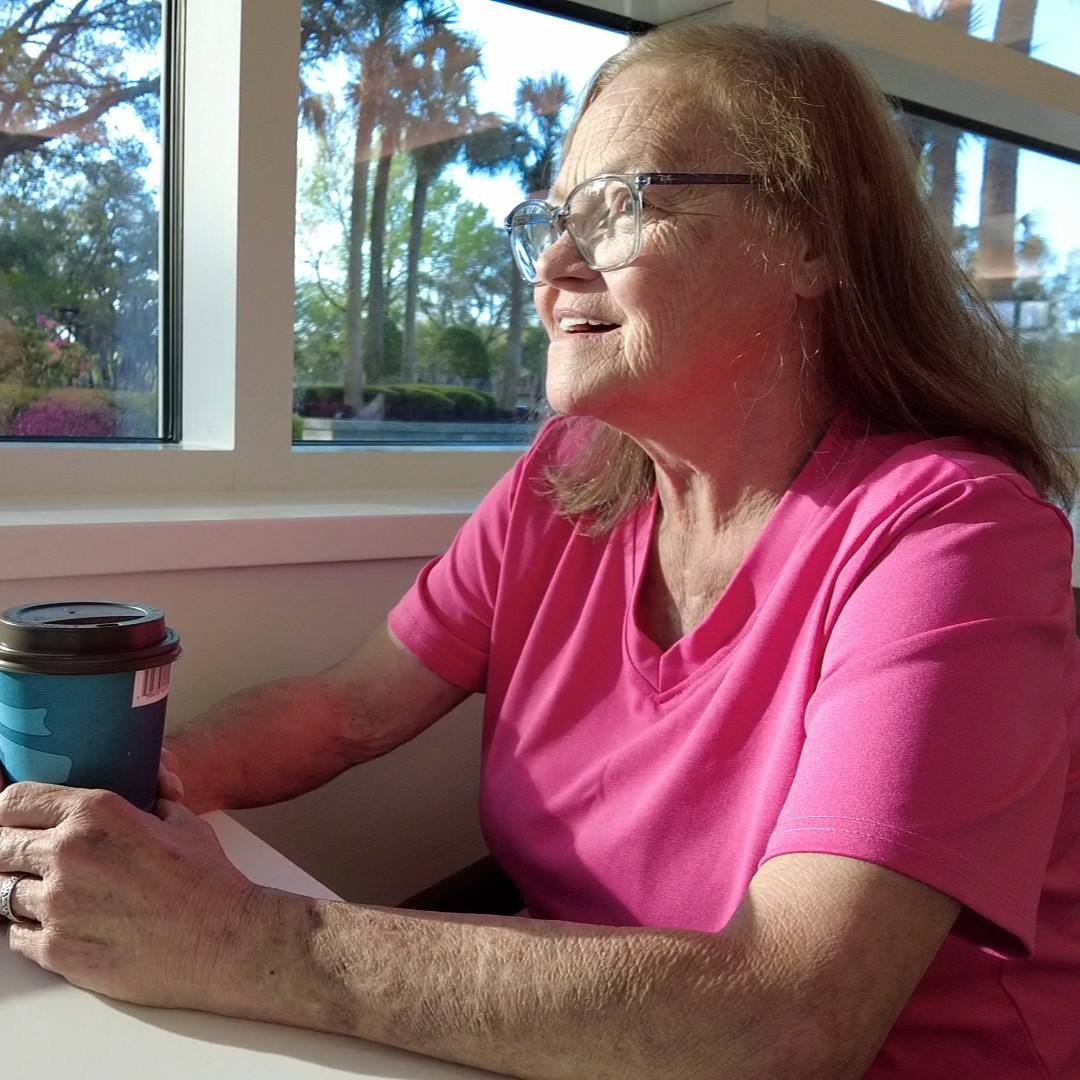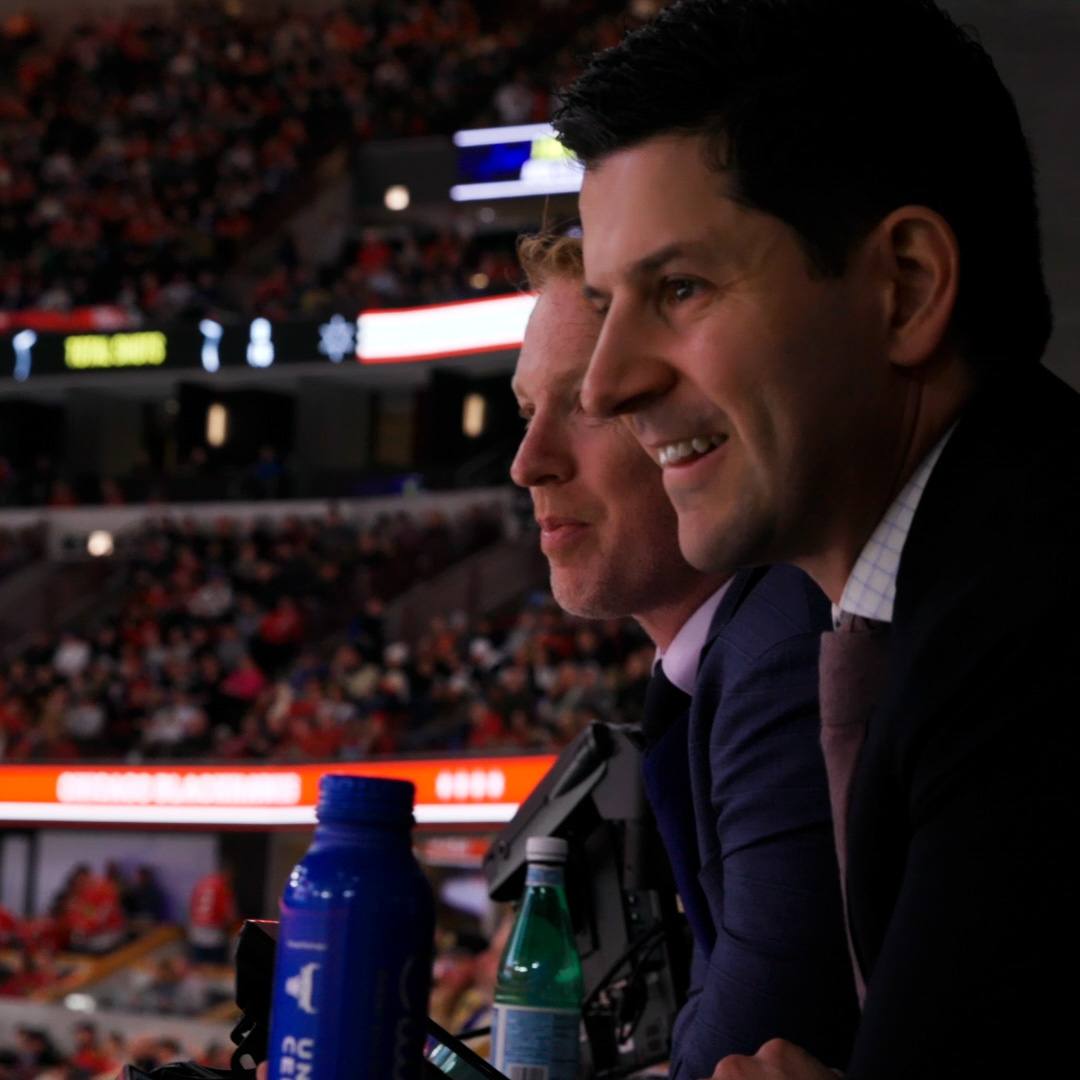
When he learned that he needed heart surgery, Andrew Ross, M.D., knew that in order to take care of his patients, he had to take care of himself. To do that, he turned to Mayo Clinic.
Last year, Andrew Ross, M.D., a 44-year-old gastroenterologist who was accustomed to his role as a health care provider, became Andy, the patient, following news that an existing heart condition had worsened.
Andy knew he had a heart murmur and mitral valve prolapse — a structural issue in the left side of the heart that affects blood flow. In most people, the condition isn't life-threatening and doesn't require treatment or changes in lifestyle.
In 2018, Andy realized it had been a while since he had been to the doctor. He felt fine as he managed a busy career, an active lifestyle and a bustling family schedule with his wife, Andrea, and daughters, Jordan and Marley. But he went to see his primary physician, who ordered an echocardiogram — a test that uses sound waves to produce images of the heart.
"The week before I had my test, I joked with the cardiologist, 'I'm going to pass this, right?' I mean, in my mind, there's no way I couldn't," Andy says.
Instead, the head of the cardiology department where Andy works gave him the news. Andy needed surgery. Soon. He went through a range of emotions — disbelief and fear at first, before begrudging acceptance.
"Being a doctor doesn't make you immune from being a patient," Andy says. "As a physician who does procedures, I'm used to being the one in control. As a patient, I had to abdicate all of that control and recognize that there are people who know a lot more about what I need than I do."
A difficult decision
Although he worked in a medical center known for providing excellent multidisciplinary care, as a practicing physician, he knew he needed to look elsewhere for his own care.
"I've worked in the same hospital for 12 years, and I perform complex procedures on patients every day. It's my policy to not perform higher-risk procedures on friends or family," Andy says. "I knew this was a pretty big surgery, and I didn't want a friend or co-worker to have to bear the additional stress that comes with operating on someone you know quite well."
Along with managing a busy clinical practice, Andy leads a nationally recognized gastroenterology division at Virginia Mason Medical Center, a not-for-profit medical center in Seattle founded in 1920 by a group of like-minded physicians. The group included John Blackford, M.D., a Mayo Clinic alumnus who trained under Henry Plummer, M.D., the namesake of Mayo Clinic's Plummer Building. Dr. Blackford's interests included cardiovascular care, and he and Dr. Plummer performed Mayo Clinic's first electrocardiogram in 1914.
Andy' affinity for analyzing data to solve problems was instrumental when choosing where to seek care. Mitral valve repair is an uncommon specialty, with only a few places in the U.S. performing the surgery. One of those places is Mayo Clinic.
"One of the first things I saw in my research were the research publications and patient resources from Mayo Clinic that showed me this surgery was performed all the time, which is crucial with something this serious," he says.
"I felt like I had the game plan I needed and a surgeon who told me, 'I've seen this many, many times.' I remember thinking that this is the exact same way I'd treat a patient."
Andrew Ross, M.D.
His next consideration was the patient experience beyond the surgery itself. Andy knew that the technical aspects of the procedure would happen while he was asleep. He wanted to ensure that his care team shared the values he incorporates in his work with his patients.
A thoughtful conversation with cardiac surgeon Joseph Dearani, M.D., was a powerful factor in Andy's decision to have surgery at Mayo Clinic because it went beyond the technical details of the operation. Dr. Dearani was direct in discussing the process and next steps, as well as what recovery would look like.
"Mitral valve repair is an uncommon operation, but a procedure that we perform regularly at Mayo Clinic," Dr. Dearani says. "His valve problem was straightforward with a high success rate for valve repair, not replacement, and we could use robotic technology, which is less invasive and has a faster recovery time. Our team has extensive experience with robotic procedures, and we were confident that it would go well."
Andy was reassured. "I felt like I had the game plan I needed and a surgeon who told me, 'I've seen this many, many times,'" Andy says. "I remember thinking that this is the exact same way I'd treat a patient."
A personable, professional approach
When it came time for surgery, Andy and Andrea flew from Seattle to Rochester, Minnesota, and they both noticed the small touches at Mayo Clinic, including the focus on not just Andy's comfort but also on Andrea's.
"I wasn't anxious until the day of the surgery, but everything was explained," Andrea says. "It was a very calming and relaxing environment. The doctors and nurses, the people at the pharmacy, the reception desk — they were all so personable, which speaks to the culture. It was important to me that the first person I talked to after surgery was Dr. Dearani, who reported that everything had gone to plan."
For Dr. Dearani and his team, this comprehensive, face-to-face care is second nature. "Interdisciplinary design of practice is natural at Mayo Clinic. It's a way of life," he says. "I've heard countless times from patients and their families, 'I've learned more about what's going on in the past few hours than I have in days anywhere else.' That comes easy here."
"I knew that the expertise, the values and the culture at Mayo were the right fit for me."
Andrew Ross, M.D.
Andy and Andrea returned home, and his active recovery process started with walks around their hilly neighborhood. "My care team told me, 'You're not going home to sit around.' And I listened," Andy says.
Six weeks later, Andy went back to his medical practice. He saw his patient experience as cause for reflection on why he became a physician. "Being a doctor is a great job," says Andy. "You get to make a huge difference in people's lives."
Now able to speak from his roles as a patient and as a physician, Andy says the best thing to do is to learn as much as possible when making decisions about how to deal with a serious or complex condition. "I knew that the expertise, the values and the culture at Mayo were the right fit for me," he says.
Looking back on the experience now, he also knows his decision to go to Mayo Clinic was a good one. "I'm a huge believer that people deserve credit for their hard work," Andy says. "As someone who takes care of patients every day, I know great care when I see it."
Note: A version of this story previously was published in Mayo Clinic Magazine.
HELPFUL LINKS
- Learn more about mitral valve prolapse and mitral valve repair.
- Read about Cardiovascular Surgery.
- Talk with others interested in heart and blood health on Mayo Clinic Connect.
- Explore Mayo Clinic.
- Request an appointment.







